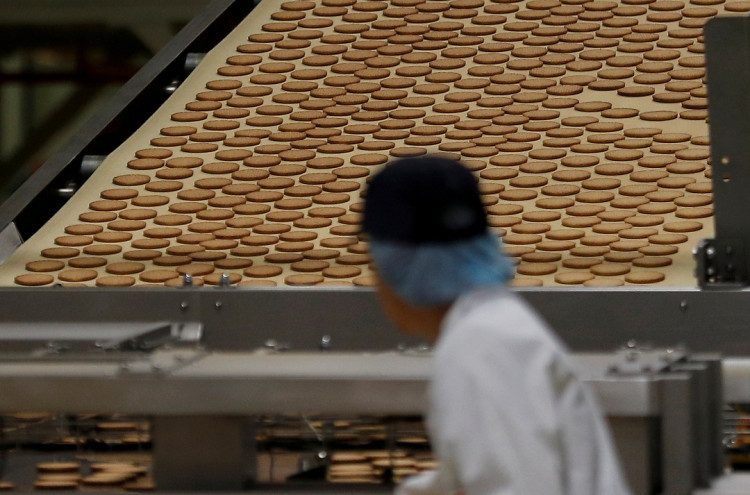New data released by the National Bureau of Statistics (NBS) on Monday showed minor improvement in China's manufacturing sector for the month of September. However, the overall manufacturing purchasing managers' index (PMI) was still in contraction.
Sentiment among manufacturers in the sector still remained below preferred activity levels, with the index in the red for the fifth month in a row. For the month of September, China's PM was pegged at 49.8, slightly better than the 49.5 scores that were recorded in August.
The index managed to beat analysts' expectations of a median forecast of around 49.6 for September. The reading for the month was the highest recorded since April when the PMI was at 50.1. The PMI is an important gauge for the sentiments of large privately-owned and state-owned manufacturers. A score above 50 indicates expansion, while a score below 50 indicates a contraction in sector activity.
Despite being in contraction levels, industry analysts still think that China's overall economy is improving. Most analysts expect that the manufacturing sector could show an expansion in the coming months. The forecast is mainly due to the fact that productivity and new orders for September did improve drastically.
The PMI for September showed a significant 0.8 percent increase in new orders, which was the largest growth since May. Production in the sector had also improved by around 0.4 percent, mainly in industries such as textiles, electrical machinery, and food processing.
The index did show some minor drops, including a drop of 3.6 basis points in construction activity for the month of September. Housing construction dipped by around 4.1 basis points for the month. Analysts have reasoned that market demand is still stable, which means that the construction industry is still expected to grow in the coming months.
The independent index Caixin Markit factory PMI had shown a slight improvement in China's manufacturing activity, with an expansion score of 51.4. This was the highest reading of the particular index since February 2018.
The NBS also released non-manufacturing data on Monday, showing worse-than-expected results. The index, which gauges the sentiment in the services and construction sector, had a score of 53.7, which is slightly below analysts' expectation of 53.9.
While analysts have remained positive, others are predicting a downward trend. Economists at Capital Economics stated that the outlook for the coming months does remain in the negative territory.
The same economists also predict a further weakening of global demand, which will impact China's overall manufacturing sector.
Along with the expected pull-back in property construction, the overall result could force the People's Bank of China, the country's central bank, to impose more decisive monetary easing measures.






